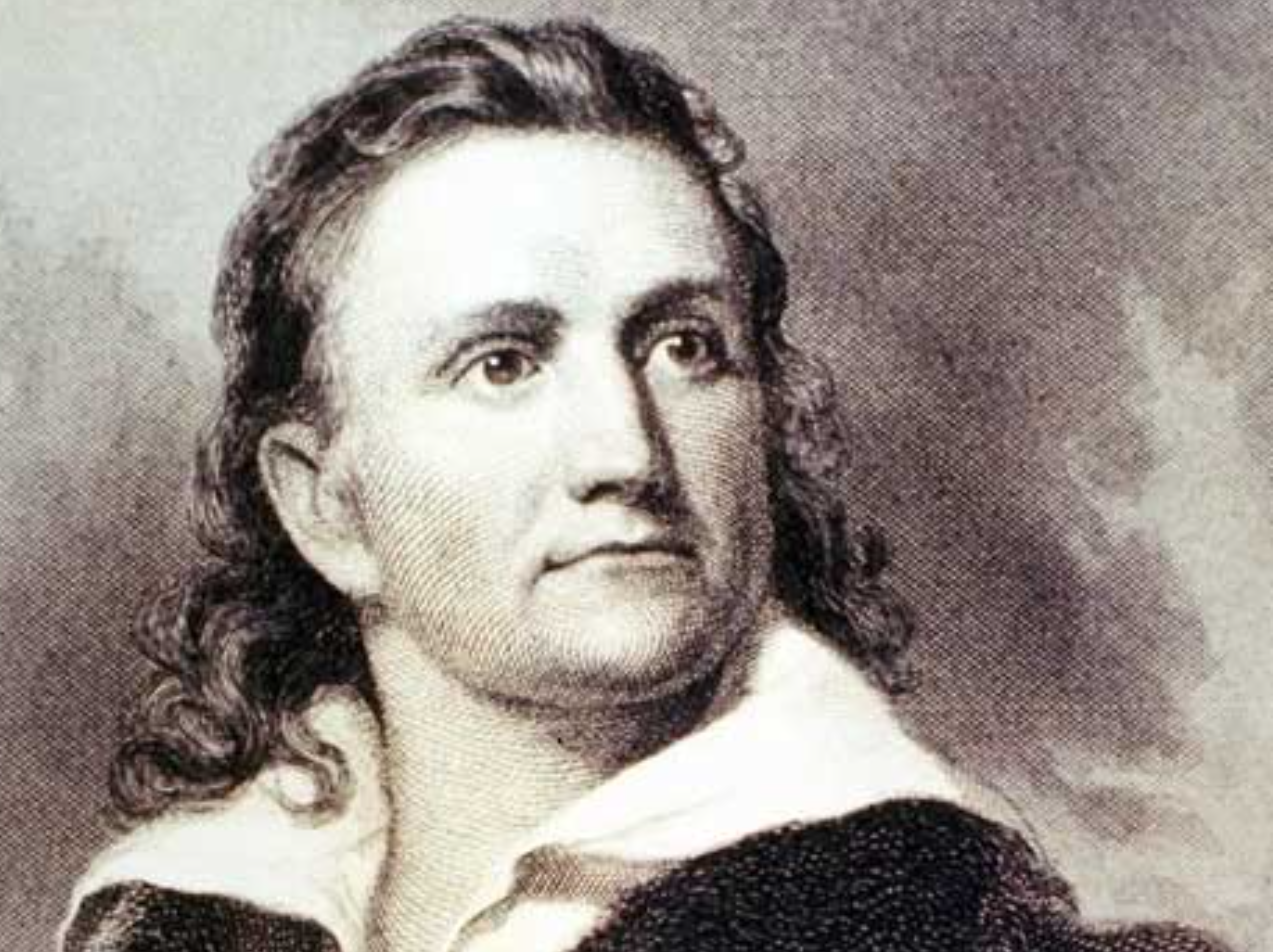John James Audubon, a name synonymous with the study of birds and the natural world, left an indelible mark on American ornithology. His passion for birds and his dedication to documenting their beauty and behavior in exquisite detail revolutionized the field of ornithology in the early 19th century. Audubon’s artistic talent, relentless exploration, and boundless enthusiasm for the avian world not only enriched our understanding of birds but also ignited a conservation movement that endures to this day. John James Audubon was born on April 26, 1785, in Haiti, then known as Saint-Domingue, but spent much of his youth in France. Raised in a family that valued the natural world, Audubon’s interest in birds began at an early age. He developed a deep connection to nature during his childhood, often exploring the countryside and observing the local birdlife. Emigrating to the United States in his late teens, Audubon settled in Pennsylvania and eventually made his way to Kentucky and Louisiana. It was in these wilderness regions of North America that his fascination with birds took center stage. Audubon’s relentless curiosity and determination led him to embark on a lifelong journey of bird observation, study, and illustration.
Audubon’s most significant contribution to the world of ornithology was his magnum opus, “The Birds of America.” This monumental work, published between 1827 and 1838, comprised 435 life-sized illustrations of North American birds. Audubon’s meticulous attention to detail and his ability to capture the essence of each species in its natural habitat set his work apart. What made “The Birds of America” truly groundbreaking was its life-sized illustrations. Audubon insisted on depicting the birds at their actual size, which required the creation of enormous copperplate engravings. This level of accuracy and precision was unprecedented and remains a testament to Audubon’s dedication to his craft. Audubon’s approach to ornithology was not limited to artistry alone. He made significant contributions to the field’s scientific understanding as well. He recorded meticulous notes on the behavior, nesting habits, and migrations of the birds he observed. His field observations and written accounts, published alongside his illustrations, added valuable scientific context to his work. Audubon’s groundbreaking studies on bird migration patterns, the nesting behavior of American birds, and his meticulous records of the species he encountered in his travels became essential references for future ornithologists. His methods of documenting and categorizing birds laid the foundation for modern ornithological research.
John James Audubon’s legacy extends beyond his artistic and scientific contributions. His passion for birds and the natural world was accompanied by a deep concern for their conservation. Audubon was among the first to recognize the threats to bird populations due to habitat destruction, hunting, and climate change. He used his influence to advocate for the protection of wild places and the birds that inhabited them. Today, the National Audubon Society, founded in his honor in 1905, continues his legacy by working to protect birds and their habitats. Audubon’s name has become synonymous with bird conservation, and his life’s work paved the way for the modern environmental movement. John James Audubon’s enduring influence on ornithology, art, and conservation is a testament to his passion for the natural world and his dedication to its preservation. His artistic brilliance, scientific contributions, and advocacy for the protection of birds have left an indelible mark on the field of ornithology and continue to inspire a new generation of naturalists, artists, and conservationists. Audubon’s legacy reminds us of the importance of understanding, appreciating, and conserving the diverse birdlife that enriches our world.



